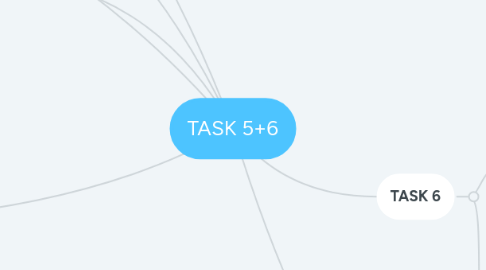
1. gr3: summarize
2. 2. In sentences 8 to 13, do the authors summarize or synthesize?
2.1. gr1: Summarize
2.2. gr4: Summarize
3. 5. Which sentence rounds off the article with a general closing statement? How do the authors achieve this?
3.1. gr1: Sebtence 22;
4. 1. In sentence 4, do the authors state an argument or restate an aim?
4.1. Gr2 : restate an aim
4.2. gr3: restate an aim
4.3. gr4: rephrase a goal
5. TASK 5
5.1. gr1: synthesize
5.2. 3. In sentence 15, do the authors summarize or synthesize?
5.2.1. gr3: synthesize
5.3. gr1: food for thought the reader
5.4. 4. In sentences 17 to 19, the authors ask questions. Are these questions that they will answer in the remainder of the conclusion, or food for thought for the reader?
5.4.1. gr4: food for thought the reader
5.4.2. gr3: food for thought the reader
6. 3. Read the sentences that follow each statement of limitation. How do the authors develop the discussion around each limitation?
6.1. Limitation 1:
6.1.1. gr1: In sentence 3, the aythors qualify the precending statement by claiming the limitation is unavoidable as a result of thereresearch method. In sentence 4, they state that they have nonetheless done their best to do in-depth, meaningful analysis
6.2. Limitation 2:
6.2.1. gr1:
6.3. Limitation 3:
6.3.1. gr1: The authors state that it is neecessary to be careful when making inferences about the relationship between research and practice. then they expand on this statement by giving reasons; lag effects and understating developments in field
7. TASK 6
7.1. 1. Look again at sentences 1 to 7 of their conclusion. Describe each limitation using as many of your own words as possible.
7.1.1. Limitation 1:
7.1.1.1. gr1: There analysis is based primarily on titles, keywords, and abstracts of jounmal papers, and thus misses some of the nuance of mathodology, arguments, and conclusions that single papers possess
7.1.1.2. gr4: There analysis is based mostly on the titles, keywords, and abstracts of journal publications, which leaves out some of the nuance of methodology, argumentation, and conclusions that single papers have.
7.1.2. Limitation 2:
7.1.2.1. Group 2 : 1- restate an aim
7.1.2.2. gr1: The comparison with Western CSR literature is based on data that are not strictly comparable in term of time sources.
7.1.2.3. gr4: The comparison to Western CSR literature is based on data that isn't strictly similar in terms of time sources.
7.1.3. Limitation 3: Inferences about how their research reflects practice must be the cautions because it is likely that they are differences between practices and research due to the time that passed between them.
7.2. 2. Why do you think the authors mention the limitations of their work? Does it weaken their argument? Why or why not?
7.2.1. gr1: It is common practice to mention limitations in academic articles. The intention is to strenghthen rather than weaken arguments by showing awareness of specific areas that could not be covered or to which the findings may not apply.
